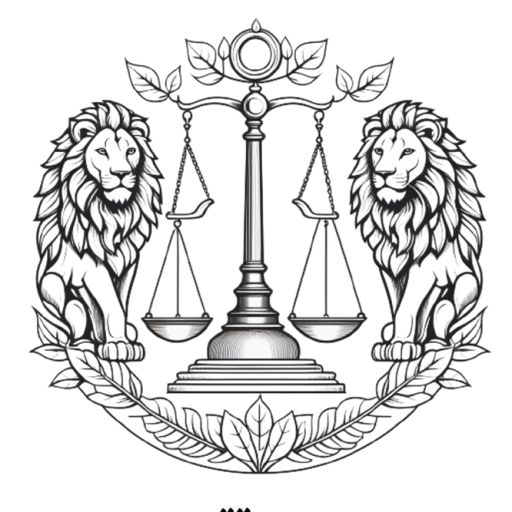Amirali R. Davoudpour
Iranian Canon of Medicine and Law, Administrative Wing of Law and Healing Association, Iranian Watchdog of Medicine and Law, Tehran-Iran
Email of the corresponding author: davoudpour@canmedlaw.org
Accepted and published August, 2024 , DOI: https://doi.org/10.5281/zenodo.13293690
This article is published under CC BY creative common license that Allows others to distribute, remix, adapt, and build upon the work, even commercially, as long as they credit the original creator.
Abstract
The Middle East remains one of the most volatile regions in the world, with conflicts deeply rooted in historical, religious, and geopolitical factors. This article explores the key actors who benefit from and perpetuate these tensions, including Israel, extremist Islamic groups, arms dealers, and avengers of violence. It also analyzes the tools of tension creation, such as news engineering, the instrumentalization of religion and history, and geopolitical factors like water scarcity and migration. Special emphasis is placed on the roles of sectarian violence and the Israel-Palestinian conflict, which have both fueled and been exacerbated by the region’s broader dynamics. By examining these elements, the article provides a comprehensive understanding of the ongoing conflicts and potential paths to peace.
The hope for a violence free Middle-East with expansion of economic, tourism and trade borders remains elusive without finding proper solutions to the overwhelming tensions in the region.
Keywords: Middle East, Internationalism, Gaza Crisis
